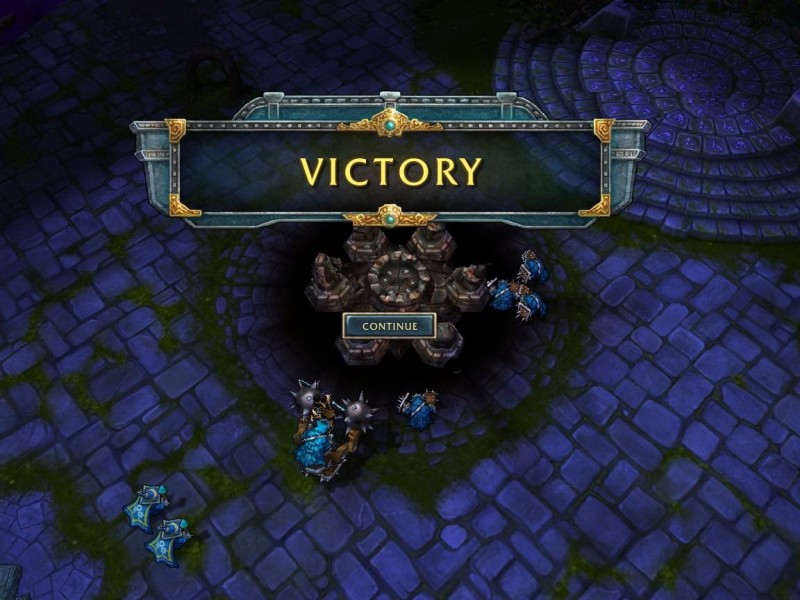Please support Game Informer. Print magazine subscriptions are less than $2 per issue
A Beginner’s Guide To League Of Legends
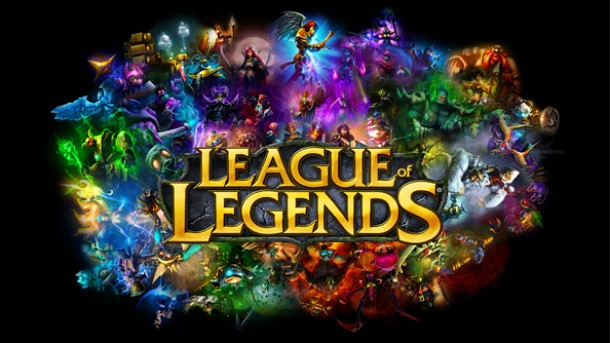
Some games are incredibly easy to pick up and play. Others are not. League of Legends is one of the latter. Though it may seem simple on the surface, many things that occur in the game can be downright puzzling to the inexperienced. This guide covers most of the basics of gameplay and some tips on how to improve your game.
League of Legends has several different game modes, but the basic and most played mode takes place on a map called Summoner’s Rift. On this map there are two bases with three paths, called lanes, connecting them. At set intervals, each base spawns small minion monsters to march down the lanes. Minions attack the first hostile minion, champion, or tower they encounter. Along each lane are three friendly towers and three enemy towers. Towers are strong structures that attack the first enemy to enter their range with a powerful ball of energy, but will immediately change targets if an enemy champion attacks an allied champion within its range. The area between the lanes is full of different paths and neutral monsters and is called the “jungle.”
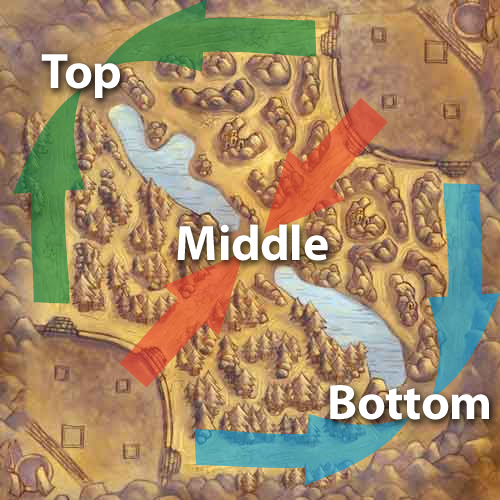
Within each team’s base are a number of different structures that serve different purposes. Each lane has an inhibitor that limits the strength of the enemy minions. If an inhibitor is destroyed, the enemy team spawns much more powerful super minions. At the very center of each base is a large crystal structure called a nexus guarded by two towers. When those two towers are destroyed, the nexus can be damaged and destroyed, winning the game. Right behind the nexus is a small circle called the fountain. This is where champions spawn on their respective sides after they die in battle or return to base using the “recall” ability, which is mapped to the B key. In that small area, you can buy items and regenerate health and mana. Any enemies that enter that space will be targeted by a powerful laser that kills most champions within seconds.
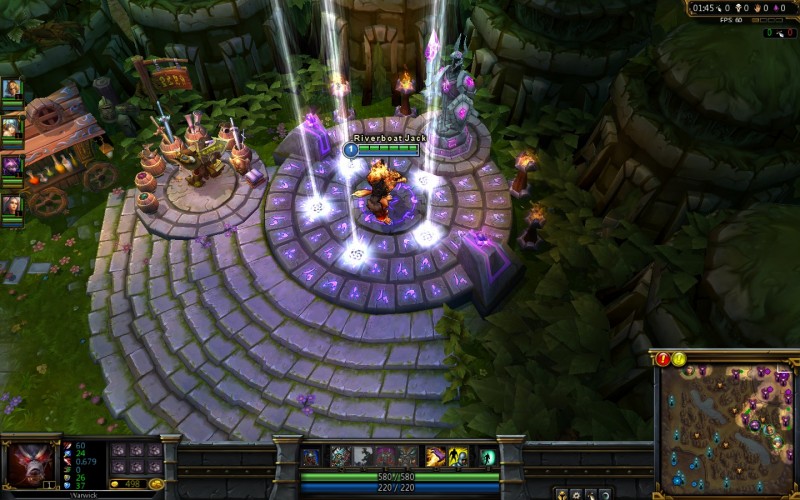
Behold the fountain of Summoner's Rift
Two teams consisting of five players apiece battle to destroy the opposing team’s nexus. As the game progresses, champions earn experience points and gold by killing minions and enemy champions, and by destroying towers. Experience goes toward leveling your character (to a level cap of 18), which unlocks or improves abilities with each level. When you level, small plus signs will appear above each ability and you can pick one ability to increase its power. Gold can be used to buy items to improve or specialize your champion.
Every champion has four unique abilities, mapped to the Q, W, E, and R buttons, as well as a passive ability that is active all of the time. For every level gained, a point can be used to upgrade one of your skills. Additionally, two abilities called summoner spells can be selected before a game begins to be linked to the D and F keys. Every champion has access to summoner spells. If other champions are near minions or monsters when they are killed, experience is split between the two champions, so characters in a lane with another teammate level slowly compared to team members in a solo lane.
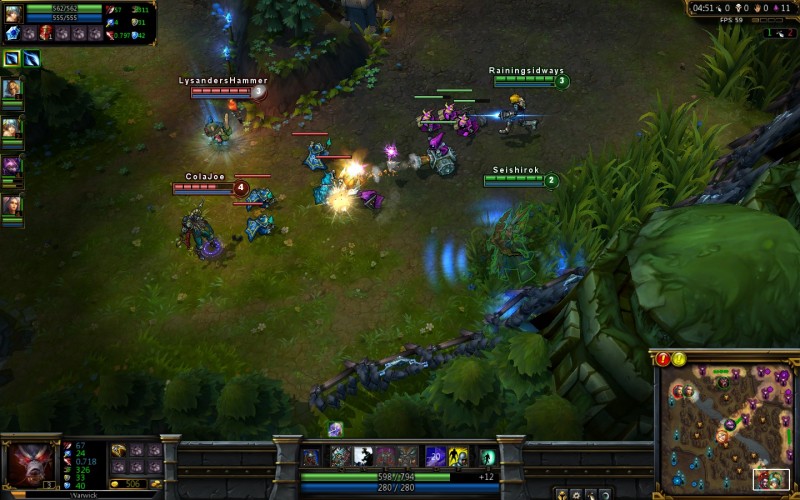
A lot of interesting plays can occur in the bottom lane when two champions are working together
Over 100 champions can be selected to fill different roles on the team. The currently common team composition includes a champion that does magic damage (AP mid), a character that does attack damage (AD carry), a champion that can take a lot of damage (tank), a supporting character (support), and a champion that can be self-sufficient outside of the lanes (jungler). AP mids generally go to the mid lane, so as to kill the most minions and maximize their experience. AD carries head to the bottom lane with a support to help them get a kill on one or both of the enemy champions there. The top lane is usually occupied by a tank champion or bruiser (think tank/AD carry). The jungler runs between the lanes getting gold and experience from killing the neutral monsters in the jungle and popping out into the different lanes to try to rack up champion kills. There are other roles and ways of positioning teams on the map, of course, but having one top, one mid, two bottom, and one jungle is the most common composition.

The AP mid, now low on mana, recalls to the fountain while the intrepid jungler engages a group of wraiths that inhabit the jungle
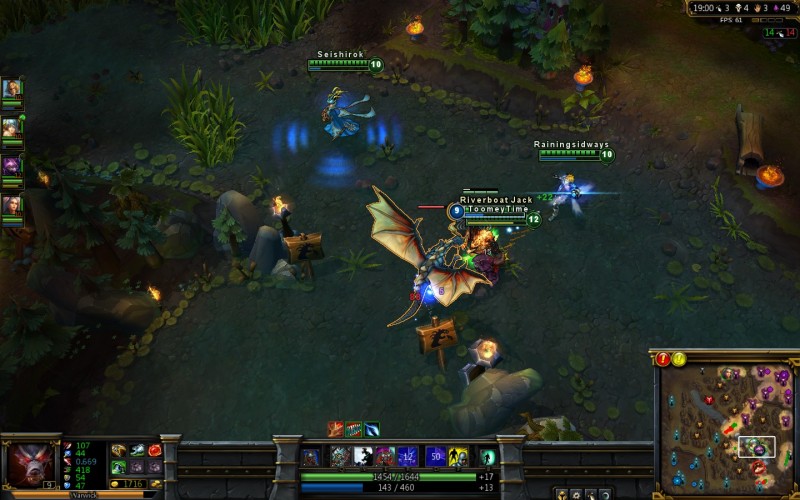
Some of the monsters in the jungle, like the dragon, must be tackled as a group
As you win and lose games, your account gains levels, unlocking new summoner spells and Mastery Points that can be customized to grant your champions stat boots. Finishing games also grants Influence Points (IP), which can be spent to unlock new champions or purchase runes that give your champions a slight edge over opponents. Masteries and runes only become truly important at higher levels of play.
Before you do anything, play the tutorial. As bland as it is, it will help you figure out the basics. After the tutorial, look at the champions that are available for free. Every week Riot Games rotates their free champions. The champions that aren’t free can be unlocked with points earned by playing the game. Go to your summoner profile from the main page and click champions. Champions that you don’t own will be grayed out and the free champions of the week will be colored in and have a small exclamation point on them. If you click on them, the game will show you their abilities, general stats, difficulty to play, and what they are good at doing. Find two or three that appeal to you and figure out what role they are best suited to play. Once you have your champions and your role in mind, you are set to play a game of League of Legends.
When you first put in your champion, talk with your teammates. Try and be nice and figure out who everyone will be playing and what positions they will be taking. Remember, communication is key. This is a team game and you all need to work together to win. Be open with people about your skill with the game, and most people will try and help you learn and improve your game.
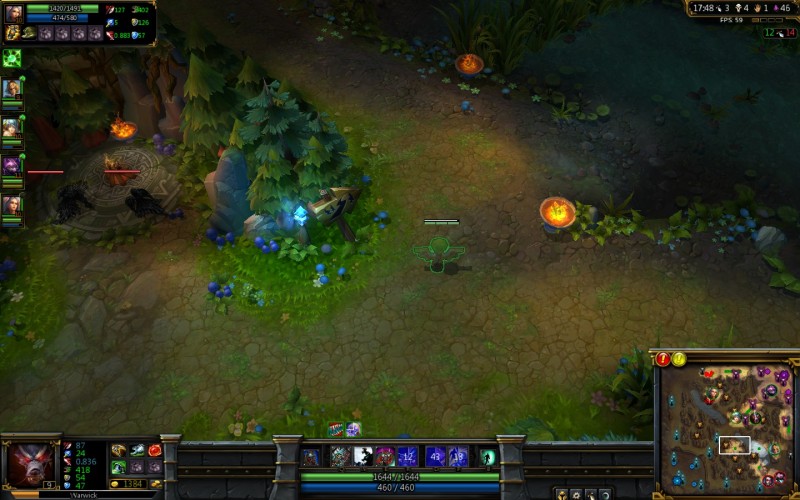
Wards are vitally important. They grant vision on the map wherever they are placed for three minutes.
Miscellaneous Tips
- For people just starting out, I would suggest picking a character, any character that appeals to you, and playing that character until you start to feel more secure about how the game works and the different champions function. Some good ones to consider player right of the bat would be: Garen, Ashe, Alistar, Shen, Annie,
- Standing in a bush will hide you from enemies outside the bush, provided they haven’t put a ward (an item that grants vision) in the same bush.
- Boots are useful items to get early since they increase your movement speed, allowing you to successfully chase down enemies or escape.
- When you are first starting out, buying items can be a bit overwhelming. Stick with the recommended items suggested by the game until you feel more comfortable experimenting.
- Vision on the map is important. Knowing when an enemy is coming will save your life. Buy wards.
- Pay attention to the mini-map. You could save a teammate in danger or avoid a trap.
- There is a mute function in game. Press tab and click the little speech bubble next to the champion you wish to silence.
- If you are playing a support, try not to kill minions. AD carries need to get a lot of gold in order to be effective. Supports don’t.
- It is better to lose a tank or a support than an AD carry or an AP mid.
- Though everyone should buy at least one or two wards to place around the map, the support should be buying wards all the time to place everywhere.
- Positive communication with your team is key. Big comebacks can be made through persistence and good humor.
- Be courteous to other players. Just because you are frustrated or others are frustrated with you doesn’t mean you should devolve to the level of civility found in YouTube comments.
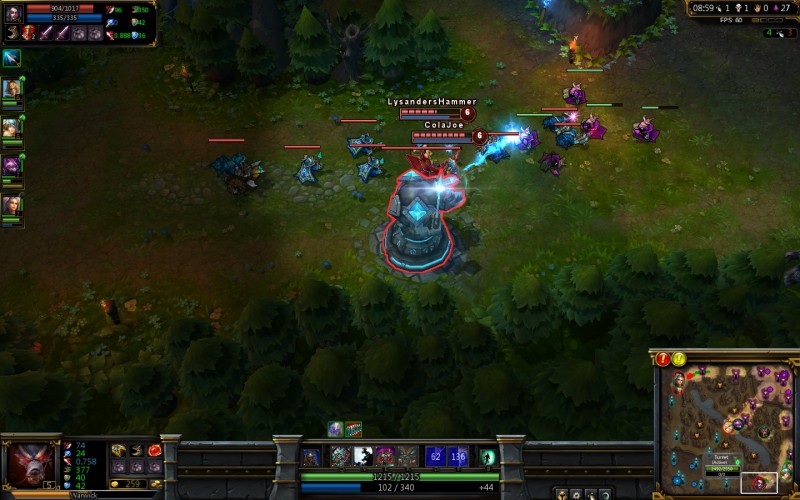
Being hit by a tower repeatedly will lead to a quick death for all but the hardiest of champions
Jargon
- Bot - bottom lane
- Mid – middle lane
- Leash – hitting a jungle monster to help a jungler kill it faster. Be sure to let the jungler get the last hit.
- Farm – minion/monster kills
- CS – another term for minion/monster kills
- MR - Magic resist
- Last hitting – the process by which you let minions attack each other and only attack to kill the minion. This is the most efficient way of farming and keeps the minion waves in relatively the same place if done properly.
- Gank – a gank is when another champion, usually the jungler, comes into a lane to kill an enemy champion.
- AP – “ability power,” the stat that determines how much magic damage a champion does
- AD – “attack damage,” the stat that determines how much physical damage a champion inflicts
- Carry – a character that is capable of putting out a lot of damage relatively quickly. The downside of a carry is that they are usually very easy to kill.
- Squishy – a term for champions that are very easy to kill
- B – a term to notify teammates that you are going back to base or that they should fall back
- Buff – a buff is a temporary increase to a champion’s stats like attack damage, ability power, or mana regeneration. The term usually applies to blue and red buffs gained by killing the stone golem and lizard elder, respectively.
- Drag – short for dragon, a powerful monster that gives everyone on the team gold and experience when killed.
- Baron – one of the jungle monsters is known as Baron Nasher. It is an incredibly tough beast that usually can’t be safely killed until later in the course of a game. Killing it gives everyone on the team experience, gold, and a powerful buff that increases all stats.
Hopefully with this as a starting point, you won’t feel as lost when you begin playing League of Legends. For players looking for new or better item builds or new strategies, try perusing MOBAfire or SoloMid.net.
